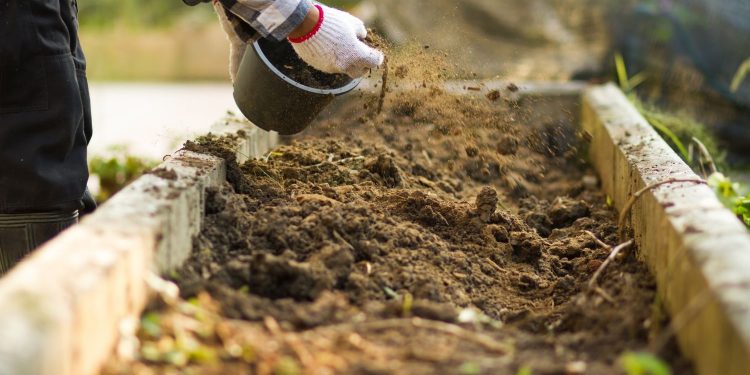Are you working hard to produce healthy compost but aren’t sure when it’s right to start using it? Learn how to identify when compost is ready to use.
For anyone unfamiliar with the process, composting is an ancient technique used by farmers to reduce waste and recharge the soil. The basic principle involves naturally reducing organic materials into usable nutrient-rich soil. By recycling grass clippings, crop waste, and similar organic materials, farmers can cut back the cost of and need for chemical plant foods and manures.
Understandably, composting has far-reaching potential, and it’s no wonder why farmers and gardeners across the country use it. However, how to identify when compost is ready to use sometimes seems like a mysterious art.
Check Compost Temperatures
The first and quickest way how to identify when compost is ready to use is to check its temperature. It never fails to surprise first-timers how hot a pile of compost gets. Interaction with the sun, weather, and the activities of microbes within it cause the pile to noticeably heat.
When a pile is hot throughout, the microbes are still hard at work breaking material down. After they’ve done their work, less activity will be evident, and the pile will cool down.
Check Compost Consistency
The next best way to check a pile is with hands-on observation. Using a compost turner will help break up stubborn material as well as thoroughly mix your compost for observation. Look closely at the condition of its makeup. If it looks and feels like damp potting soil, it’s more than ready to use. If it’s all slimy and only hot in sections but not the entire thing, then it needs more time. A quick assessment of the number of solid materials also helps.
A thorough reduction of added ingredients is a clear indicator that everything is operating as intended. If the pile is very mixed still with new soil and items that aren’t reduced yet, then it’s best to let it continue the process.
Adjusting for Slow Reducing Ingredients
Ultimately, ingredients and the layout method used will have the most impact on complete reduction speeds. Regardless of what method you use, though, certain ingredients simply break down slower—such as pits, nut and eggshells, twigs, and other woody or calcium-based materials.
Fibrous and calcium-rich components have just as many beneficial nutrients to offer your compost as leaves and grass clippings. Unfortunately, claiming these benefits takes years of waiting for the tough material to break down, which is why many composters avoid them altogether. Instead, take advantage of any and all potential compost fuel by processing harder material into finer pieces. Smaller chunks of sticks and ground-up shells will break down faster and also be less troublesome to filter out of the ready-to-use material.



